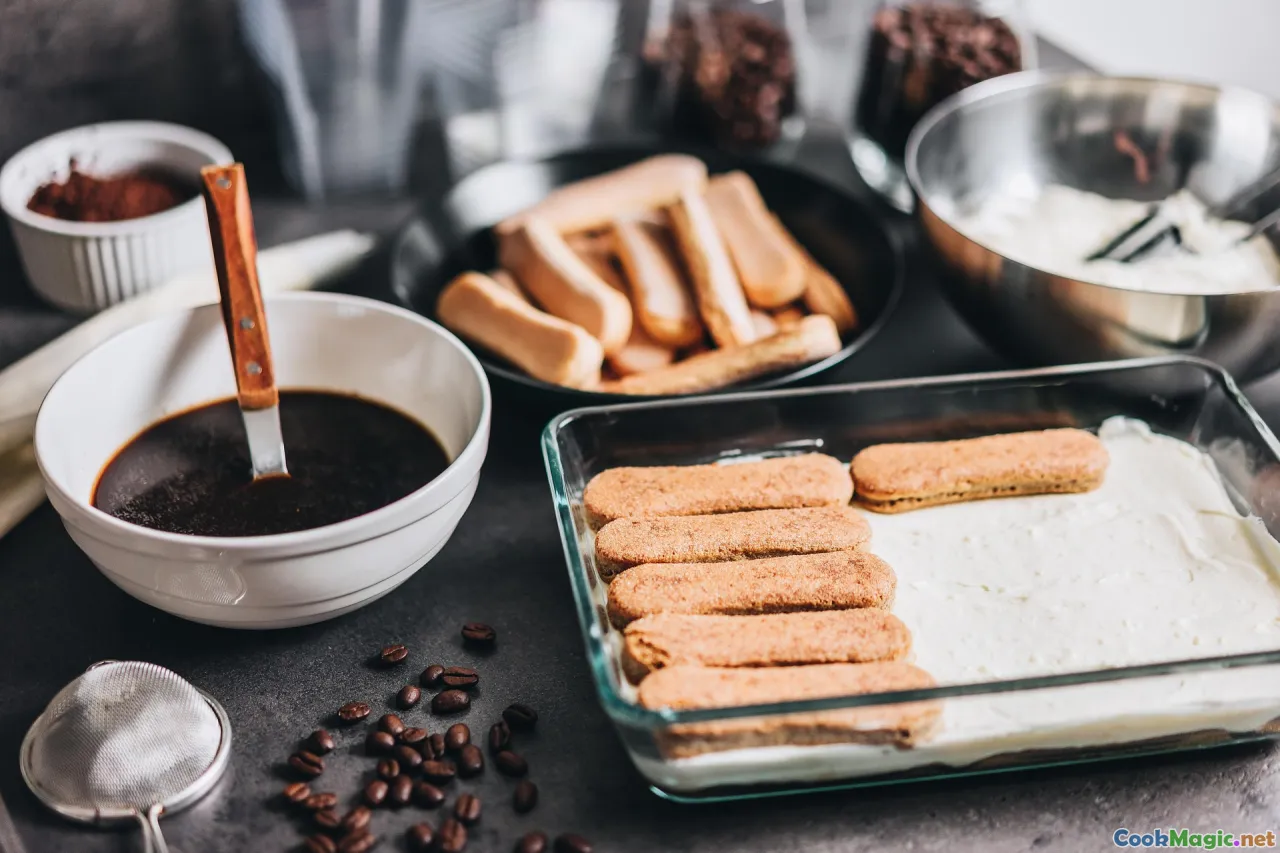Demystifying Moussaka Layers Of Eggplant And Meat
11 min read Explore the classic layers of eggplant and seasoned meat that define authentic Moussaka in Greek cuisine. September 23, 2025 21:05
Demystifying Moussaka: Layers of Eggplant and Meat
Nestled at the heart of Greek culinary tradition lies a dish both humble and majestic — moussaka. Every whisper of its name conjures images of sun-dappled hillsides, fragrant herbs wafting through tavernas, and rich, layered flavors that whisper stories of centuries. Born from a mosaic of cultural influences, Greece’s beloved moussaka stands as a testament not just to flavor but to history, emotion, and the artistry of layering. Today, we peel back the layers—literally and figuratively—to understand what makes this dish so compelling.
The Cultural Canvas: Moussaka’s Roots in Greek Heritage

Moussaka is more than a recipe; it’s an embodiment of Greek identity. Its origins ripple through Ottoman influences, ancient Greek practices, and Byzantine traditions. The dish’s very essence—rich, hearty, and layered—mirrors Greece’s complex history of conquests, trade, and cultural exchange.
In traditional Greek villages, moussaka was once served during communal feasts, an ode to hospitality and shared stories. The aroma of baking meat and eggplant isn’t just a culinary sensation but a sensory memory of family gatherings, festivals, and sunsets viewed from sun-kissed terraces.
The Foundation: Selecting the Perfect Eggplant

The cornerstone of any authentic moussaka is its eggplant. Greek eggplants are typically slender, with a deep purple hue—delicate yet packed with flavor. When preparing eggplant for moussaka, the key is to achieve a tender, melt-in-your-mouth texture that contrasts yet complements the richness of the meat sauce.
Personal tip: lightly salting sliced eggplants before cooking reduces bitterness and draws out excess moisture, ensuring they fry up beautifully or bake to a silky tenderness. Whether you choose to sauté in olive oil to add a slight crispness or bake for a lighter texture, the eggplant should be rich in flavor but not overpowering.
The Heart of the Dish: Making the Meat Sauce

At the core of Greek moussaka is a savory, fragrant meat sauce typically made with ground beef or lamb. The magic lies in its aromatic ingredients: garlic, onions, cinnamon, clove, and a dash of tomato—each adding depth.
Cooking the meat sauce is a ritual. As the onion and garlic sauté in olive oil, the scent drifts through the kitchen, promising comfort and richness. When the meat is browned and the tomato added, the kitchen fills with a warm, meaty aroma mixed with hints of cinnamon and allspice, creating a perfect balance of savory and sweet.
Real insight: Let the sauce simmer gently for at least 30 minutes, allowing the flavors to meld. The slow cooking tenderizes the meat and infuses it with spices—a process that deepens the dish’s emotional appeal.
The Bechamel: Creamy Top Layer with a Greek Twist

The crowning glory of moussaka is its luscious béchamel sauce. Made traditionally with butter, flour, and milk, this white blanket is enriched with eggs and a generous amount of grated Kefalotyri or Parmesan cheese. The cheese lends an unmistakable Greek accent—sharp, salty, and earthy.
To achieve that silky, pourable consistency, whisk steadily over gentle heat, controlling the temperature to prevent curdling. Just before baking, the béchamel should be smooth, glossy, and thick enough to cascade over the layers, creating that characteristic golden crust when baked.
Personal hack: For an extra layer of authenticity, sprinkle a little grated nutmeg into the béchamel—its warm aroma complements the savory layers beneath.
Constructing the Layers: The Art of Traditional Assembly

Stacking moussaka is an art—each component carefully layered to optimize flavor and texture. Begin with a layer of sautéed or roasted eggplant at the bottom of a heat-resistant dish. Next, spread a generous coat of meat sauce, followed by another layer of eggplant.
Repeat the layering process until all ingredients are used, ending with a final layer of eggplant topped with béchamel. The top layer should be thick and smooth, ready to develop a lovely golden crust.
Personal insight: The layering process can vary—for instance, some prefer a single thick meat layer or incorporating sliced potatoes for additional texture. Your personal touch can make the dish uniquely yours.
Baking: Transforming Layers Into a Harmonious Whole

Bake the assembled moussaka at around 180°C (350°F) for 45-60 minutes, until the béchamel is bubbling and golden brown. The outer layer should be crisp with a delicate crunch, while the interior remains moist and tender.
The smell during baking is intoxicating—a rich, cheesy aroma mingling with herbs, inviting even the most health-conscious to indulge.
Pro tip: Allow the moussaka to rest for about 20 minutes after removing from the oven. This waiting period helps the layers set, making serving neater and flavors more cohesive.
Serving Moussaka: A Celebration of Simplicity and Sophistication

Traditionally served warm, moussaka pairs beautifully with a simple Greek salad—bright, fresh, and acidic—cutting through the richness of the dish. A drizzle of extra virgin olive oil and a sprinkle of fresh oregano elevate every bite.
In Greece, moussaka is often presented as a centerpiece, a dish that gathers families and friends around the table. It embodies comfort, tradition, and the profound joy of sharing good food.
Beyond the Classic: Modern Variations and Personal Ideas

Today, culinary innovators reinterpret moussaka with vegan or gluten-free alternatives—using eggplant, zucchini, and lentils to replace meat; béchamel made from plant-based milk and cashews.
Another inspiring trend is fusion: adding a touch of nutmeg, saffron, or even a hint of Mediterranean herbs like oregano or thyme can lend a new dimension.
Alternatively, serving moussaka in smaller, tapas-style portions encourages tasting different flavors—a perfect way to explore variations.
Personal Reflections: My Moussaka Journey

Having traveled through Greece—sampling moussaka in a seaside taverna in Santorini or a mountain village in Crete—I’ve experienced how each cook adds their personal touch—from the spice level to the layering technique. The universal truth is that love and patience are at the core of every great moussaka.
This dish isn’t just about layers of eggplant and meat; it echoes stories of resilience, hospitality, and the Greek soul—warm, inviting, and layered with history.
Whether you’re crafting it for family or friends, each bite connects you to generations of cooks who have refined this recipe into a true culinary masterpiece. Remember, the secret isn’t just in ingredients but in bringing passion and tradition to your kitchen.
Let every slice be a piece of Greece—a layered, rich, and unforgettable experience. Enjoy your journey into the heart of Greek cuisine, one layer at a time.









